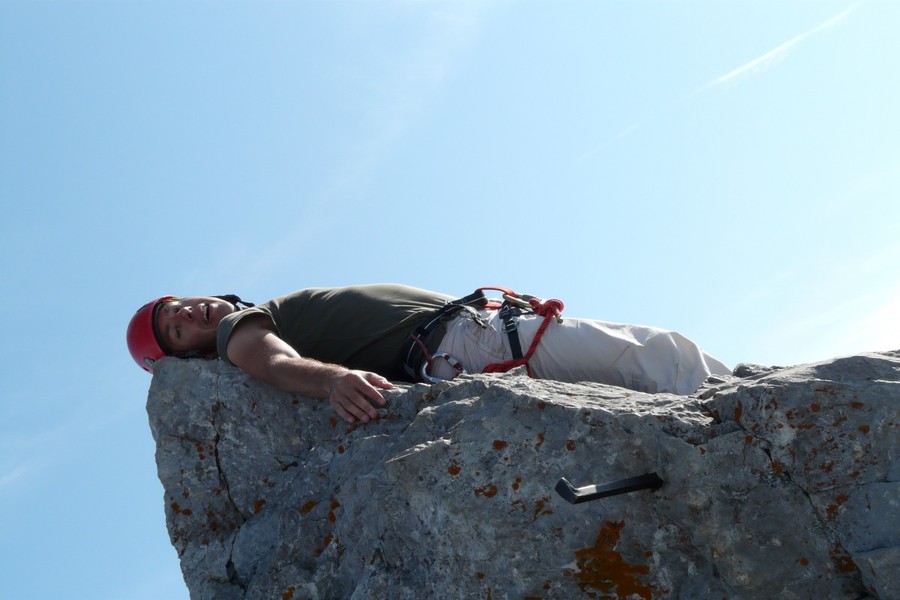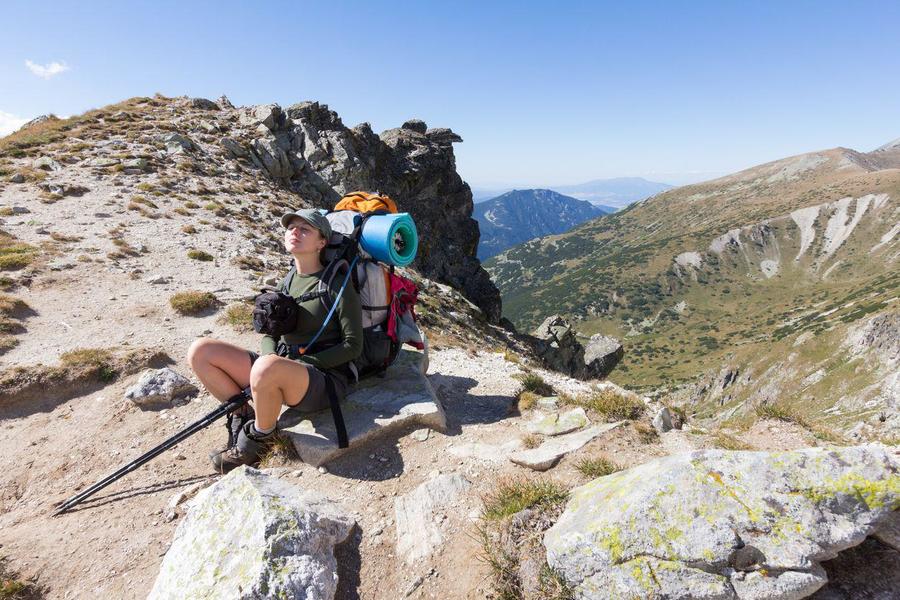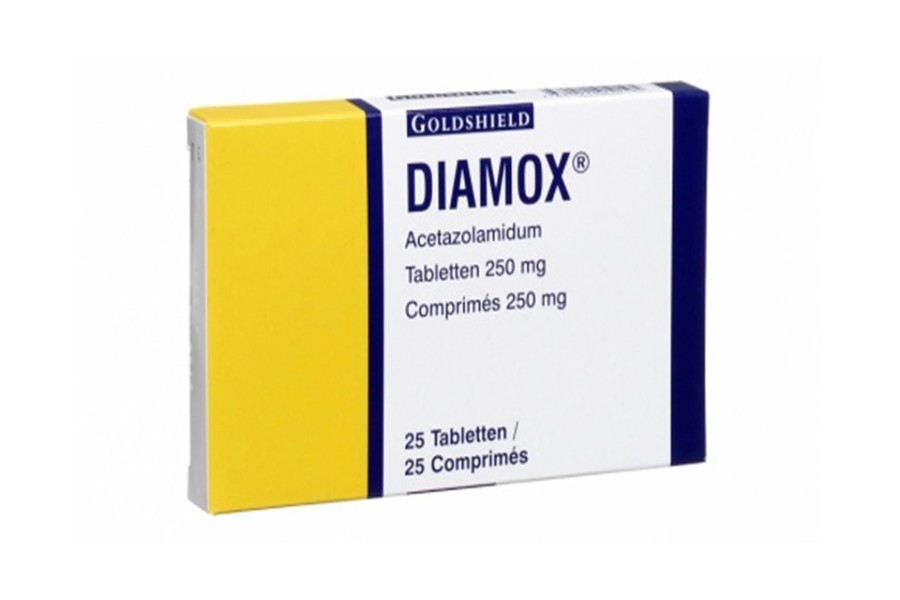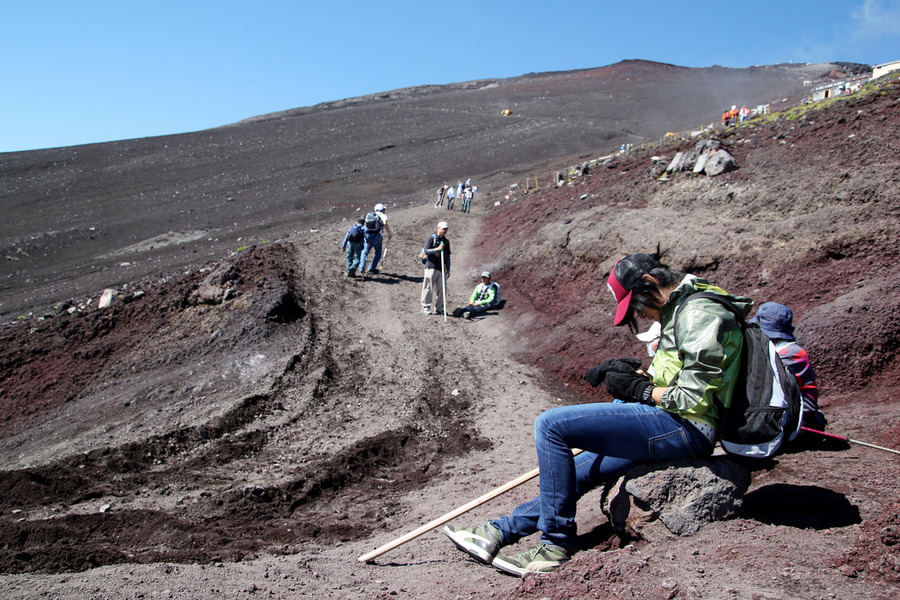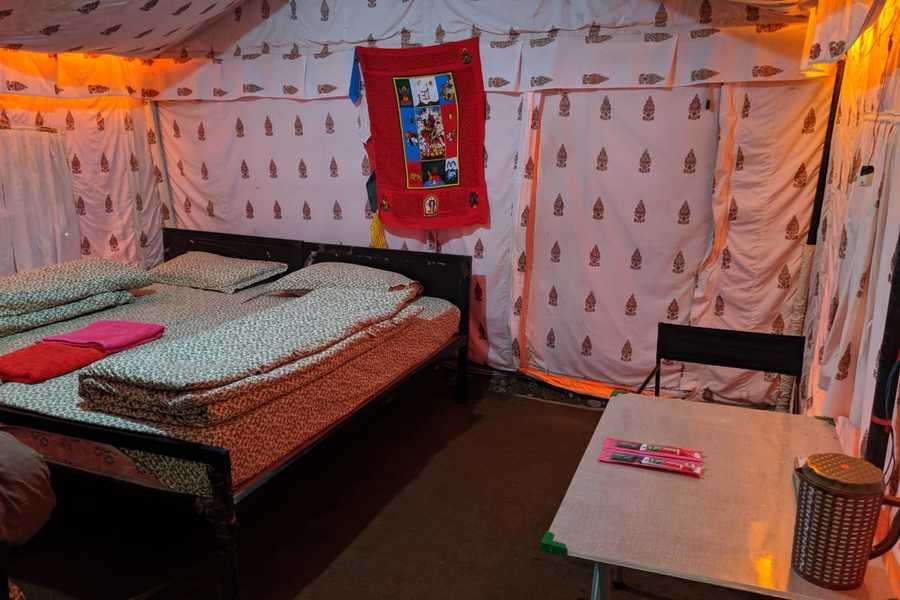Acute mountain sickness in Spiti Valley – Everything you want to know
Spiti Valley is truly an a spectacular spot for Peace, Adventure and Serenity. Though it’s not hyped and commercialised like Leh-Ladakh, yet that’s actually a bonus point for this heaven on earth! Paradise at the height of 12,500 ft with the weakest of network zones but strongest of bonds. Located in the lap of the mystical Himalayas and that too at a height you and your body is really not used to, Spiti offers you the deadly risk of the most common and a very serious problem— AMS (Acute Mountain Sickness). In the blog, we will explain everything you want to know about the Acute mountain sickness in Spiti Valley.
What is Altitude Sickness?
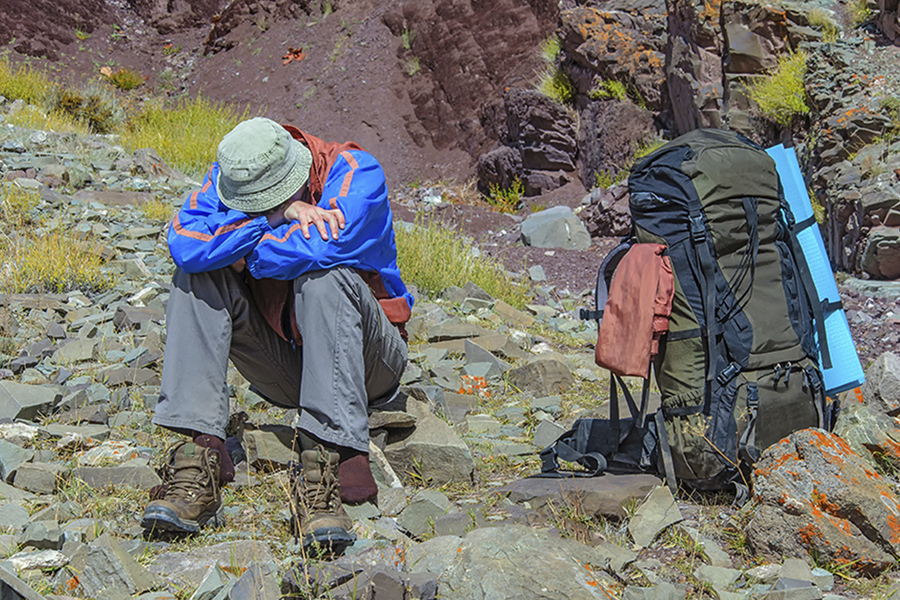
In layman’s language, Altitude Sickness is physical distress from difficulty experienced by someone while adjusting to lower oxygen pressure at high altitude. Altitude sickness doesn’t usually doesn’t happen until 2500 ft. and as Spiti valley is at a height of 12,500 ft., so it’s a common problem suffered by a lot of people going up there. It’s not like altitude sickness hits off to everyone going up there. For people living in places already at a high altitude, getting to Spiti won’t be much of a problem.It’s the sudden increase of altitude which kick starts this sickness👀.
So for anyone staying in plain areas, this is the problem which could be faced commonly.
We could divide this altitude sickness into 3 different parts i.e., Acute Mountain Sickness (AMS), High-Altitude Pulmonary Edema (HAPE) and High-Altitude Cerebral Edema (HACE).
AMS is the most common type of altitude sickness, caused by reduced air pressure and lower oxygen levels.
HAPE and HACE are considered to get fatal if not given proper treatment on time.It depends upon how quickly and efficiently your body can handle the change in your surrounding environment.
When does it all start??
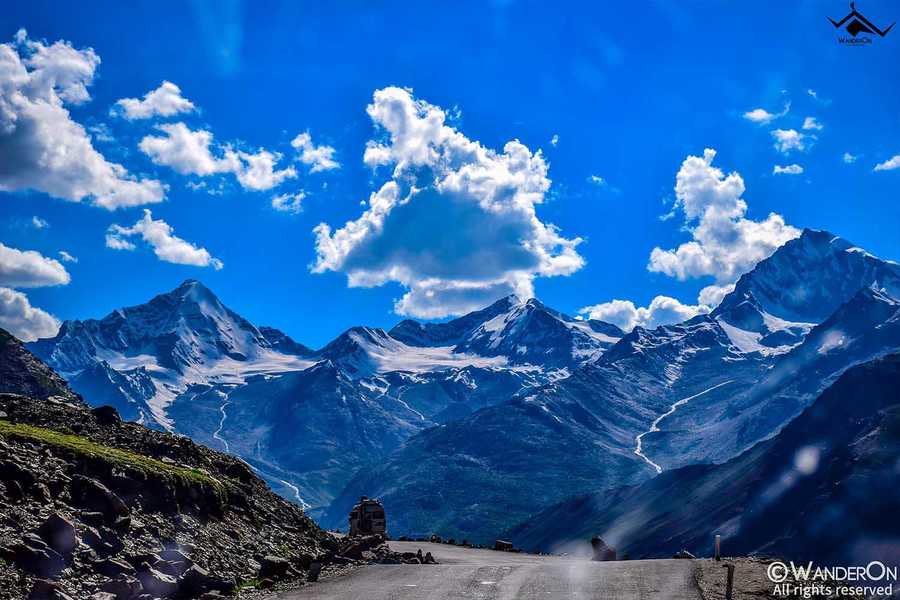
The problem starts after Manali as that is from where the altitude gets increases above a certain level. During the gradual increase in altitude, some may feel slight changes in their health conditions and feel dizzy, but the actual problem starts over and after the Rohtang pass. On reaching Rohtang pass, the oxygen level in air starts dropping at a quick rate and many people experience problem in breathing. From this point, anyone who has serious problems with the dropping air level is advised not to continue after this point.
What causes High mountain sickness?
What are the symptoms of AMS?
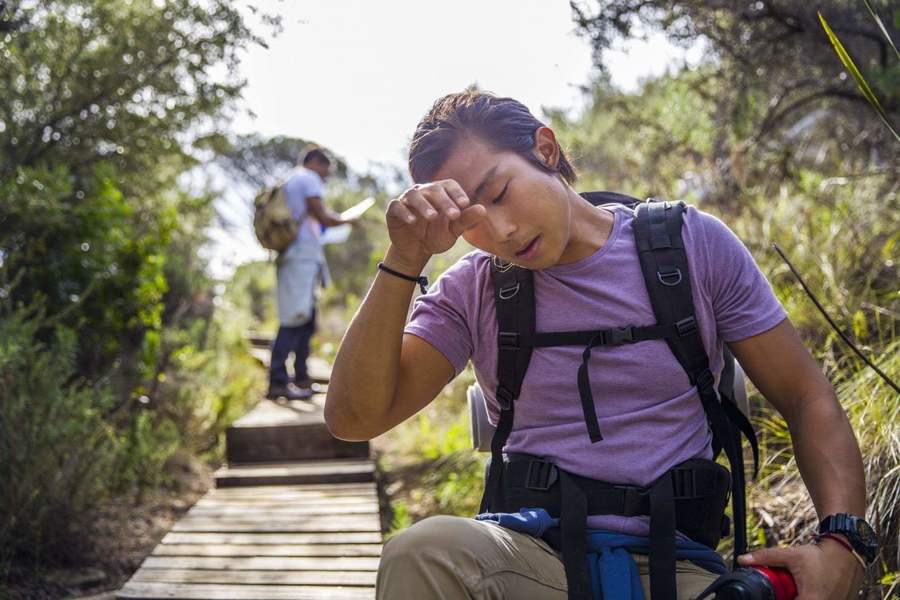
The symptoms generally appears within hours of moving to high altitude areas. Their onset time and severity depends on your condition.
Mild AMS symptoms:
- Dizziness
- Nausea
- Headache
- Muscle Ache
- Vomiting
- Insomnia
- Irritability
- Loss of appetite
- Shortness of breath
- Rapid heartbeat rate
- Swelling on Hand, Legs and Face
Severe AMS symptoms
Severe mountain sickness can have more extreme consequences. You may feel confused due to swelling in brain tissues, complications in lungs or shortness of breath due to liquid filling in lungs. Symptoms of Sever AMS are:
- Coughing
- Chest congestion
- Pale complexion and skin discoloration
- Inability to walk or loss of balance
- Social withdrawal
In case of severe mountain sickness symptoms showing up in anyone in your group, seek professional help immediately.
What to do if someone in your group comes under AMS?
lf you are travelling in a group trip organized by some professionals and you have someone with you overlooking the trip from their team, contact that person immediately. In case of mild sickness, just going to lower altitudes might help fade away any symptom or effect of AMS. In case of severe AMS immediate professional help is a must.
Medication for altitude sickness include:
- Acetazolamide, to correct breathing problems
- Blood pressure medicine
- Lung inhalers
- Dexamethasone, to decrease brain swelling
- Aspirin, for headache relief
Keep in mind though, none of these medicines should be consumed without consulting with your doctor.
How to prevent AMS in the first place?
Prevention is always better than cure. Follow these rules when travelling to high mountain areas:
- Get yourself checked before going to such areas.
- Get your doctor to prescribe you medicine beforehand.
- Give yourself 1 day to acclimatize your body to new height.
- Keep yourself hydrated. e Eat proper meals at proper time.
- Don’t skip breakfast.
- Consumption of Garlic and clove would be a natural remedy.
- Don’t smoke, Avoid alcohol.
- Eat carbohydrate rich food.
- Limit your exertion.
- Keep a bottle of water bottle with ORS dissolved in it at all times and keep taking sips regularly.
- Respect nature and follow rules which locals prescribe.
- Get ample of sleep.
The main thing to keep in mind is that there is a proper way with which you enjoy trips to any place without it turning into a nightmare. Follow the laws of nature and don’t fight it. Hope this was of some help! Happy tripping!
Blog By : Akash Gupta
Disclaimer : If you have any issues with the content of this blog, you can contact us at info@wanderon.in


